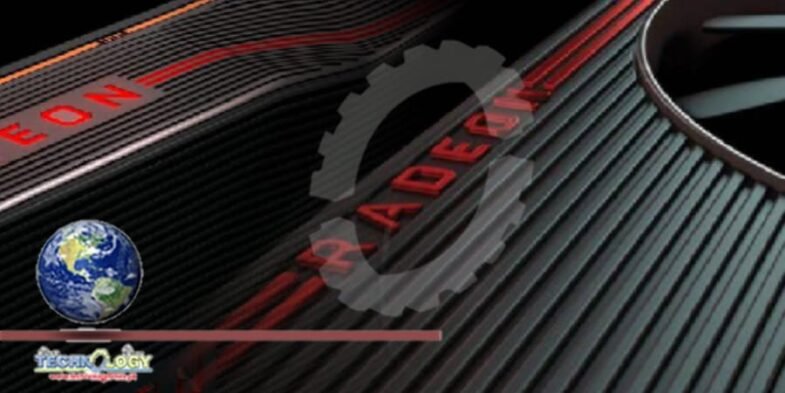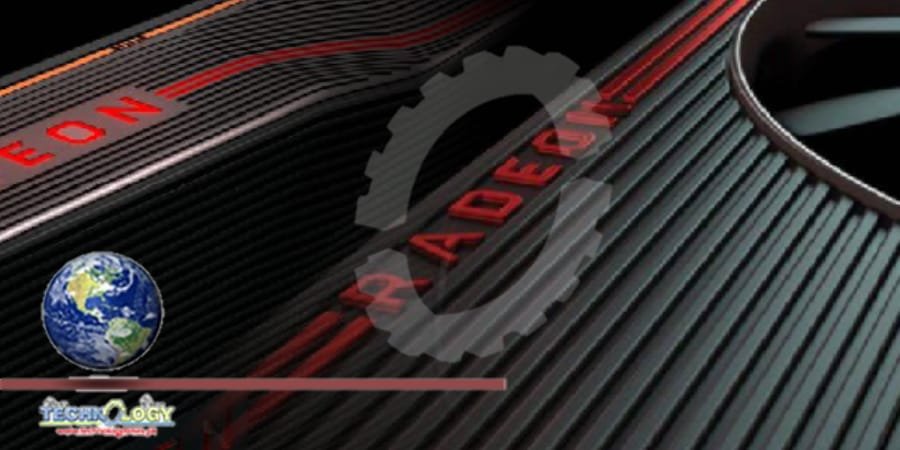AMD has a habit of periodically dropping major new driver features via Radeon updates several times a year, and the company has unveiled the features it’s planning for 2022. This year, the new AMD Software Adrenalin Edition contains a new method of improving performance in many games that won’t require game-by-game support. The company also gave us a preview of what we can expect with Fidelity FX Super Resolution 2.0 (FSR 2.0), which will debut later this year.

According to AMD, its Adrenalin 2022.3.1 driver offers a 15 percent performance improvement compared to Radeon Software 20.12.2. That works out to 18 percent in Far Cry 6, 16 percent in Hitman 3, 18 percent in The Medium, 29 percent in Myst, and 14 percent in Resident Evil Village. AMD tested a larger number of games, including Age of Empires 4,Call of Duty: Vanguard, Cyberpunk 2077, F1 2021, Forza Horizon 4, Guardians of the Galaxy, Metro Exodus Enhanced Edition, Red Dead Redemption 2, and PUBG. The 15 percent average improvement is presumably across this entire suite of titles.The big banner feature of this driver release is Radeon Super Resolution, or RSR. RSR is a new feature, baked directly into AMD’s driver. It’s designed to extend (most) of the benefits of Fidelity FX Super Resolution 1.0 to a much wider range of games.
During our briefing, AMD acknowledged that RSR might not deliver the same image quality as FSR, but stressed the wide compatibility of the option. RSR is supported on all Radeon cards of the RX 5000 series and newer (RDNA forward, basically). claims it can deliver a 2.8x – 3x performance improvement when upscaling 1080p footage to 4K.I’ve uploaded some comparisons of AMD’s images to the imgsli service. The 1800p –> 4K upscale target is pretty reasonable quality, but things fall off quickly. 1440p –> 4K via RSR might be plausible, but I wouldn’t personally play with the 1080p –> 4K option.For reasons unclear to me, the targeting reticle was much larger in one image than the other. On the left, 4K. On the right, 1080p –> 4K “upscale.” The imgsli link above shows much better comparisons at higher detail levels.
The value of these performance modes is undeniably greater thanks to the ongoing GPU shortage. By the time late May rolls around, GPUs will have been overpriced and unavailable to one degree or another for 41 of the past 72 months, or about 57 percent of the time. It would be nice to see RSR supported on older cards for this reason, but anyone with a budget RDNA GPU can benefit from the uplift.RSR will be supported on Ryzen 6000 APUs as well, beginning in Q2. These are APUs equipped with an RDNA2 GPU, implying the feature won’t be backported to the Ryzen 5000 chips like the 5700G and 5600G, both of which offer Vega-based GPUs.
Next up, we’ve got a major Fidelity FX Super Resolution update. To quickly recap: FidelityFX Super Resolution 1.0 is a spatial upscaler, not a temporal upscaler. A temporal upscaler uses information from the previous frame, including motion vector data, to compute what an upscaled frame should look like. A spatial upscaler like FSR 1.0 only looks at the information available in each frame when calculating an upscale.
The net result of this is that spatial upscalers don’t tend to offer the same image quality uplift that temporal upscalers do. Nvidia’s DLSS 1.0 was mostly based on spatial upscaling, while DLSS 2.0 uses temporal data to improve the end result. With FSR 2.0, AMD will also shift to a temporal upscaler. This is expected to significantly improve image quality, as shown in the comparison images below:
AMD is promising that FSR 2.0 still won’t require specialized deep learning hardware and that the feature will be widely supported across both its own hardware and that of its competitors. FSR 1.0 also offers enhanced compatibility compared to its Nvidia counterpart. While the image quality drop with FSR 1.0 was generally sharper than DLSS 2.0, FSR 2.0 may match Nvidia more closely and give AMD a more apples-to-apples comparison.
We’ve uploaded AMD’s comparison shots into imgsli to make the comparisons easier to see. In this case, we recommend using the “+” button to zoom in, then comparing the way the various methods render the bricks of the back wall. At the “Quality” preset, FSR 2.0 retains much more detail in the back wall. At the “Performance” preset, FSR 1.0 looks downright bad. AMD expects to launch FSR 2.0 in Q2 2022.I’m a fan of these approaches for their potential benefits to gamers who can’t otherwise afford new GPUs. It’s nice, for that reason, to see AMD extend the list of supported hardware for features like RSR and FSR 1.0 to Nvidia and future Intel GPUs. FSR 1.0 remains available on GPUs back to Polaris and Vega, while RSR requires an RX 5000 series and newer, but works across a larger set of games.
Here’s how to think about it: FSR 1.0 increases image quality across many vendors, but in a smaller number of titles. RSR increases resolution in a larger number of titles, but only with RX 5000 GPUs and above. FSR 2.0, when it arrives later this year, will presumably require game-by-game integration, but will still improve overall visuals and quality above FSR 1.0. Between the two products, AMD is enhancing visuals for both its own hardware and for that built by other vendors. For those with Nvidia GPUs, options like DLSS 2.0 are also a great way to increase effective resolution without tanking image quality.
Source:Extremetech
